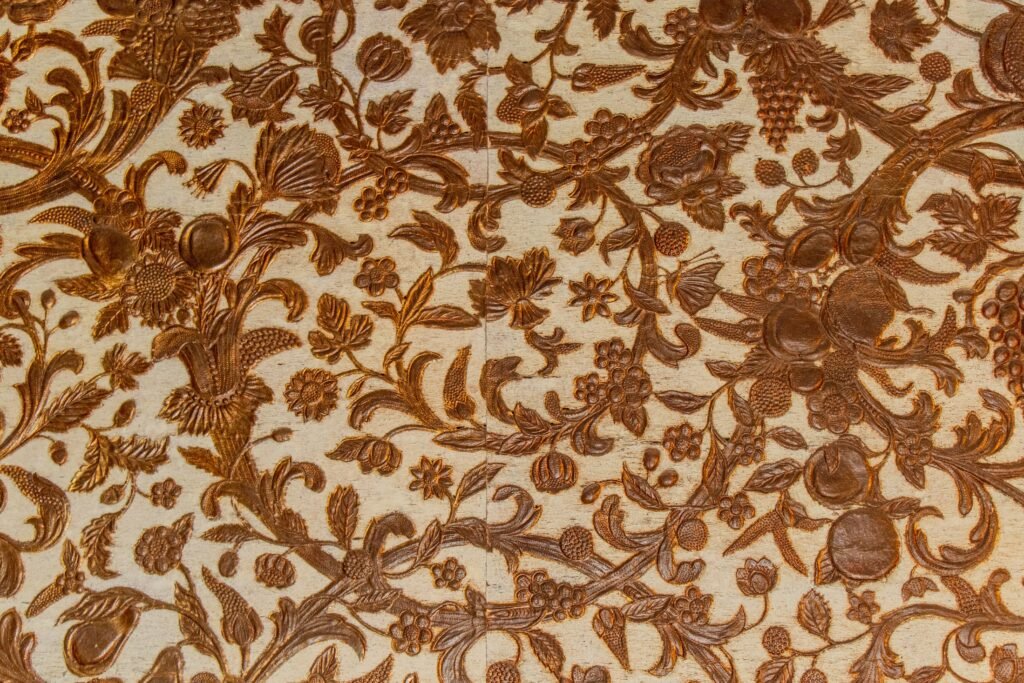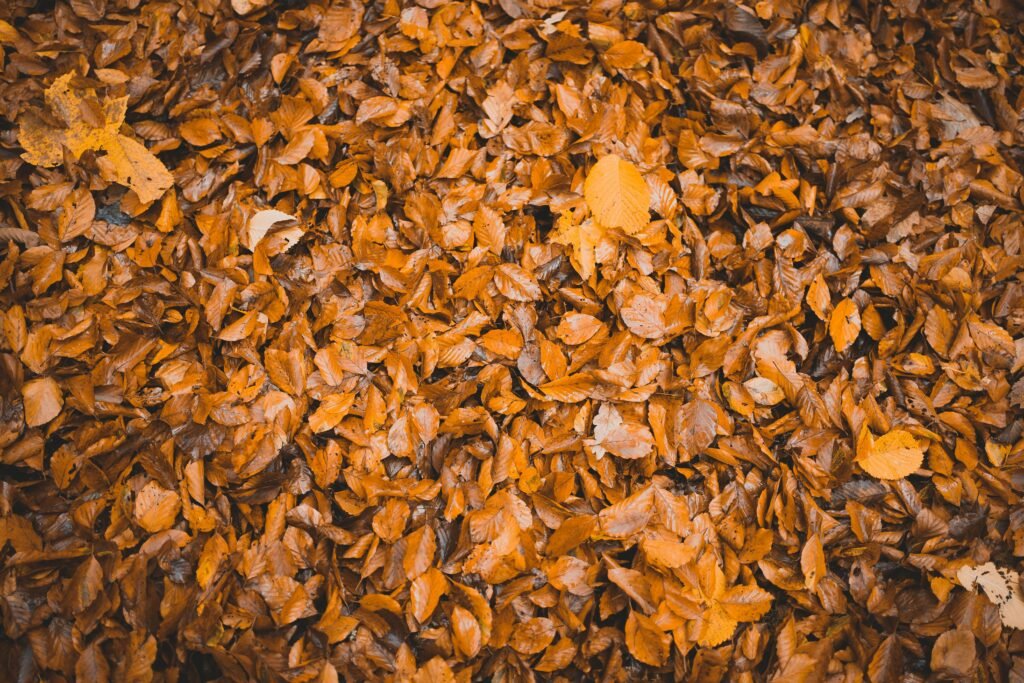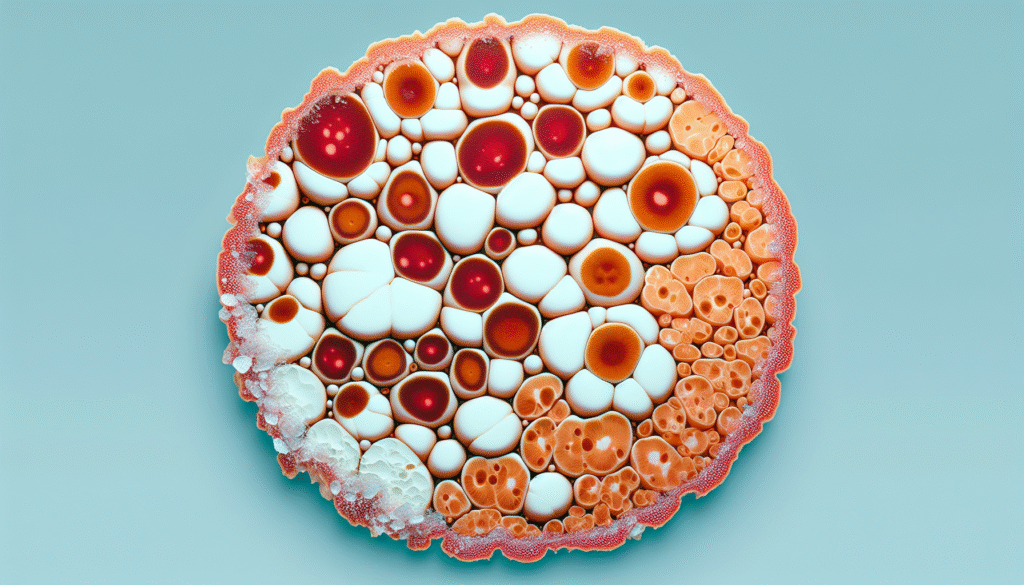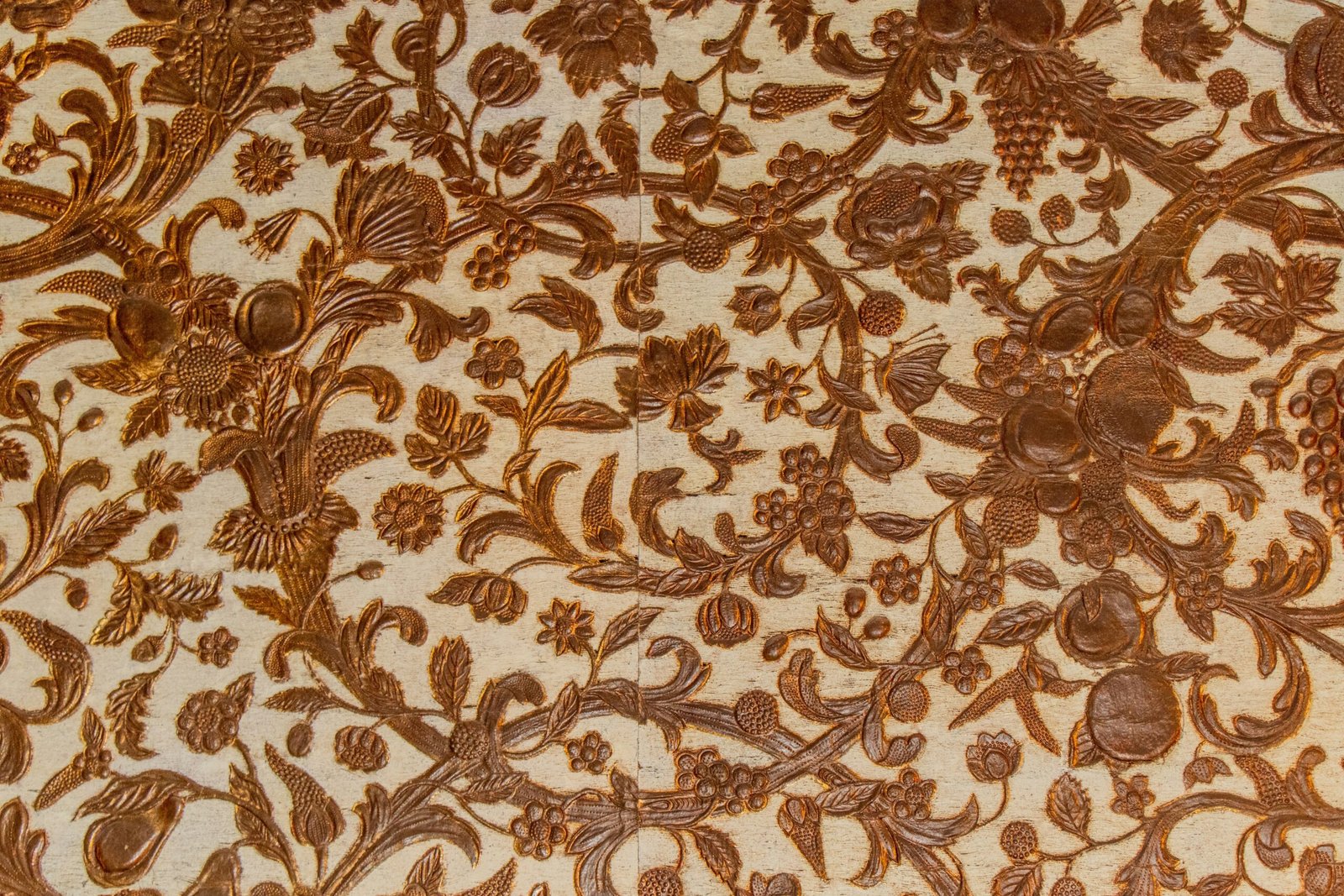Have you ever wondered why some people seem to effortlessly maintain their weight while others struggle, no matter what they do? The answer might lie in the types of fat stored in your body and a fascinating factor: cold exposure. Let’s break down these concepts together.
The Basics of Fat: Brown vs. White
When discussing body fat, it’s important to start with the two main types: brown fat and white fat. Understanding these can give you insight into how your body processes energy and how it regulates temperature.
What is White Fat?
White fat, the more commonly recognized fat, is the type that most people typically think of. It stores energy, cushions organs, and helps insulate the body. However, excessive white fat, especially around the abdomen, can lead to health issues like diabetes and heart disease.
White fat is comprised of large, round cells packed with triglycerides, which is the fat we consume from food. This type of fat is predominantly produced when you consume more calories than your body needs, leading to energy storage.
What is Brown Fat?
On the other hand, brown fat, often referred to as “good” fat, is comprised of smaller cells packed with mitochondria, the powerhouses of cells that burn energy to generate heat. It’s primarily responsible for thermogenesis, which is the process of heat production in organisms.
When you are exposed to cold temperatures, your body activates brown fat to help maintain your core temperature. This is why some people with higher levels of brown fat can manage their weight more effectively—they’re burning calories even when at rest.
The Science Behind Brown and White Fat
Understanding the science of how these two types of fat function can shed light on their impact on your health and metabolism.
The Role of Adipose Tissue
Adipose tissue is the body’s fat storage, and it’s more than just a passive storehouse. It releases hormones and free fatty acids that influence metabolism, appetite, and even inflammation.
-
White Fat: Produces hormones like leptin, which helps regulate energy balance by inhibiting hunger. However, excess white fat can lead to the development of insulin resistance.
-
Brown Fat: While it also contributes to energy metabolism, its primary role is thermogenesis. The more brown fat you have, the more calories you can burn when you’re not actively exercising.
Color Matters
The different colors of fat arise from their functions. Brown fat contains more iron-rich mitochondria, hence its darker color. In contrast, white fat has a lighter color due to its lower mitochondrial content. This is critical because it affects how our bodies utilize energy. Fat isn’t just about quantity; the quality of fat matters immensely.

The Health Implications of Fat Storage
The effects of fat don’t end with mere aesthetics; they significantly influence your health.
Health Risks of Excess White Fat
Carrying excess white fat, especially visceral fat—located deep within your abdomen—can be particularly harmful and can lead to:
-
Cardiovascular Disease: This fat type is linked to increased cholesterol levels, high blood pressure, and a greater likelihood of heart disease.
-
Type 2 Diabetes: Extra white fat can cause insulin resistance, which plays a significant role in the development of diabetes.
-
Inflammation: Excess fatty tissue can trigger chronic inflammation, which is a precursor to numerous health issues, including certain cancers.
Benefits of Brown Fat
Conversely, brown fat has several health benefits, including:
-
Increased Caloric Burn: As already noted, brown fat burns calories to generate heat, which can aid weight management.
-
Enhanced Metabolic Health: Higher levels of brown fat are associated with better insulin sensitivity and glucose metabolism, reducing the risk of diabetes.
-
Potential Cooling Effects: New research suggests that activating brown fat can improve the body’s response to cold, enhancing your resilience against cold conditions.
Cold Exposure and Its Influence on Fat
If you’ve ever felt cold and noticed your body shivering, you’re experiencing brown fat at work. Cold exposure plays a significant role in how your body manages these two fat types.
How Cold Temperatures Activate Brown Fat
When you expose your body to cold—think about those brisk winter mornings or a chilled pool—it triggers the brown fat activity. This process includes:
- Thermogenesis Activation: Brown fat starts burning calories to produce heat.
- Increased Circulation: Cold exposure can improve blood flow to fat tissues, enhancing metabolic effects.
- Adaptive Response: Over time, regular exposure to cold can increase the amount of brown fat your body has.
Practical Tips for Using Cold to Your Advantage
You might be wondering how you can incorporate cold exposure into your routine. Here are some simple practices:
-
Cold Showers: A quick, cold shower can activate brown fat and boost your metabolism.
-
Cold Packs: Applying cold packs to specific areas of your body for a few minutes can stimulate brown fat activity.
-
Outdoor Activities: Engage in outdoor activities during cooler months. Not only do you get the benefits of brown fat activation, but you also enjoy the exercise.

The Role of Diet in Fat Management
Diet plays a pivotal role in determining the types of fat that accumulate in your body. What you eat can help promote brown fat or increase white fat.
Foods that Support Brown Fat Activation
Several foods have been linked to brown fat activation, and incorporating them into your diet could be beneficial:
| Food Item | Benefits |
|---|---|
| Green Tea | Contains catechins, which may promote fat loss. |
| Berries | High in antioxidants and low in sugar, beneficial for insulin sensitivity. |
| Spices (like ginger and cinnamon) | Can boost metabolism and improve digestion. |
| Omega-3 Fatty Acids | Found in fish and walnuts; helps reduce inflammation. |
These foods can provide essential nutrients while promoting higher levels of brown fat in the body.
Foods That Might Promote White Fat
On the flip side, certain dietary choices can contribute to the accumulation of white fat:
-
Processed Sugars: Found in many snacks and sugary drinks, contribute significantly to increased fat storage.
-
White Bread and Pasta: High in refined carbs, which can spike insulin levels and promote fat storage.
-
Trans Fats: Often found in fried and baked goods, these unhealthy fats can lead to increased white fat accumulation and are linked to significant health risks.
The Mysteries of Fat Browning
A fascinating area of research is the “browning” of white fat. Scientists have found that white fat can be converted, or “browned,” into a more beneficial form that acts more like brown fat.
What Promotes Browning?
Several factors might encourage this browning process:
-
Exercise: Regular physical activity boosts hormones like irisin, which helps convert white fat to brown.
-
Cold Exposure: As discussed, exposure to cold can stimulate the production of brown fat from pre-existing white fat cells.
-
Certain Diets: Foods rich in polyphenols, like those found in berries and green tea, may also promote the browning of fat.
Benefits of Browning White Fat
When white fat begins to brown, several benefits emerge:
-
Increased Caloric Burn: Browning means that fat cells can contribute to thermogenesis, increasing energy expenditure.
-
Enhanced Insulin Sensitivity: Breastfeeding can help increase fat metabolism, promoting better blood sugar control.
-
Improved Overall Health: Higher levels of brown-like fat correlate with a lower risk of obesity-related diseases.

Addressing Myths: You Can’t Spot Reduce Fat
You might come across claims that you can target fat loss in specific areas of your body, but the truth is that’s a myth. Your body loses fat in a genetically predetermined pattern, and while you can certainly improve your overall fat composition through diet and exercise, spot reduction isn’t effective.
The Real Deal on Fat Loss
Instead of focusing on a single area, consider broader shifts that will improve your overall health:
-
Consistency is Key: Regularly engaging in aerobic exercises and strength training can help reduce overall body fat, including white fat.
-
Balanced Diet: Aim for a diet rich in whole foods and lean proteins, keeping processed sugars to a minimum.
-
Get Enough Sleep: Quality sleep helps regulate hormones related to appetite and metabolism, reducing cravings for unhealthy foods.
Conclusion: Finding Your Balance
Navigating the world of body fat can be complex, but understanding the differences between brown and white fat and the role of cold exposure can empower you to make informed choices.
Your body’s fat composition affects your overall metabolism, energy levels, and health. By incorporating healthy habits, including balanced nutrition and cold exposure, you can support your body’s natural ability to manage fat more effectively.
You’re not just a passive participant in this journey; by making conscious lifestyle choices, you can shift the balance toward healthier outcomes. Our bodies are adaptable and responsive to the choices we make every day. Embrace the knowledge, and empower yourself on your path to health and wellness.


